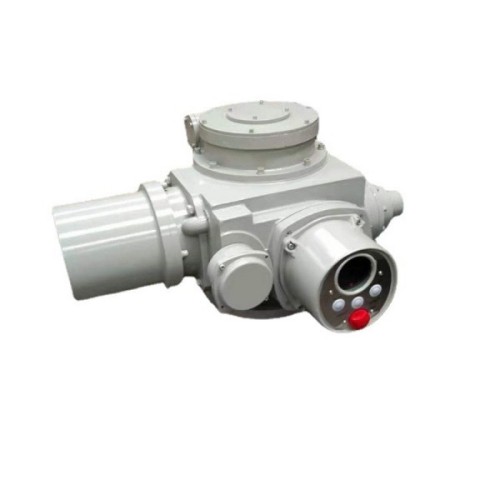Understanding ANSI 150 Slip-On Flanges Specifications and Applications
Understanding Slip-On Flanges ANSI 150 Specifications
When it comes to piping systems, flanges play a critical role in joining sections of pipe and providing a means for maintenance access. Among the various types of flanges available, the slip-on flange stands out for its simplicity and ease of installation. In this article, we will delve into the characteristics, benefits, and applications of slip-on flanges, specifically focusing on ANSI 150 specifications.
What is a Slip-On Flange?
A slip-on flange is a type of flange that is designed to slip over the pipe. Once in place, it is welded both on the inside and outside to provide a strong and leak-proof joint. The design allows for easy alignment and installation, making slip-on flanges a popular choice in many piping applications.
ANSI 150 Specification Explained
The American National Standards Institute (ANSI) has established a series of flange classifications, including ANSI 150. This designation refers to the pressure class of the flange, which indicates the dimensional and performance criteria that flanges must meet. ANSI 150 specifies the dimensions, tolerances, and material standards for flanges rated for a maximum working pressure of 150 psi at ambient temperatures.
The ANSI 150 standard applies to various flange types, including slip-on, weld neck, and blind flanges. However, slip-on flanges are particularly prevalent due to their economic efficiency and ability to accommodate minor misalignments in piping systems.
Benefits of Slip-On Flanges
1. Ease of Installation One of the most significant advantages of slip-on flanges is the ease of installation. The flange can be slipped over the pipe, eliminating complex alignment processes. Once in position, welding can be performed quickly, making it a time-efficient choice for construction and maintenance.
2. Cost-Effective Slip-on flanges generally require less material and labor compared to other flange types, such as weld neck flanges. They can provide a considerable cost-saving, especially in large-scale projects where multiple flanges are required.
3. Versatility These flanges can accommodate various pipe materials and sizes, making them suitable for a wide range of applications. Whether you are working with steel, plastic, or other materials, slip-on flanges can be easily adapted to the job at hand.
slip on flange ansi 150

4. Mitigation of Misalignment Because slip-on flanges are not rigidly fixed to the pipe until welded, they are slightly forgiving when it comes to misalignment. This characteristic can be particularly beneficial in fields such as construction, where minor discrepancies in alignment are common.
5. Lower Stress Concentration The slip-on design can reduce stress concentrations compared to other flange types, potentially extending the lifespan of the joint in certain applications.
Applications of Slip-On Flanges
Slip-on flanges are commonly used in various industries, including
- Oil and Gas In the oil and gas sector, slip-on flanges are often used in pipelines and processing equipment where ease of maintenance and installation speed are paramount.
- Water Treatment Water treatment plants utilize slip-on flanges in their piping systems due to their ability to withstand environmental conditions while providing secure connections.
- Manufacturing In manufacturing facilities, these flanges can be found in different machinery systems, where flexibility in assembling and disassembling components is essential.
- HVAC Systems Slip-on flanges are often employed in heating, ventilation, and air conditioning (HVAC) systems due to their versatility and ease of installation.
Conclusion
Slip-on flanges conforming to ANSI 150 specifications are an integral component of modern piping systems. Their simple design, ease of use, cost-effectiveness, and versatility make them a preferred choice for various applications across multiple industries. Understanding the characteristics of slip-on flanges and their ANSI ratings can help engineers and contractors choose the right components for their specific needs, ensuring system integrity and efficiency in complex piping networks.
-
3-types-of-check-valves-maintenance-tipsNewsAug.23,2025
-
ball-valves-types-with-trunnion-mounted-designNewsAug.23,2025
-
butterfly-valve-company-production-capabilitiesNewsAug.23,2025
-
fisher-globe-valve-technical-specificationsNewsAug.23,2025
-
types-of-gaskets-for-flanges-selection-guideNewsAug.23,2025
-
wedge-gate-valve-suppliers-quality-standardsNewsAug.23,2025
-
Breakthrough in Domestic Low Temperature Valve Technology in ChinaNewsAug.18,2025




